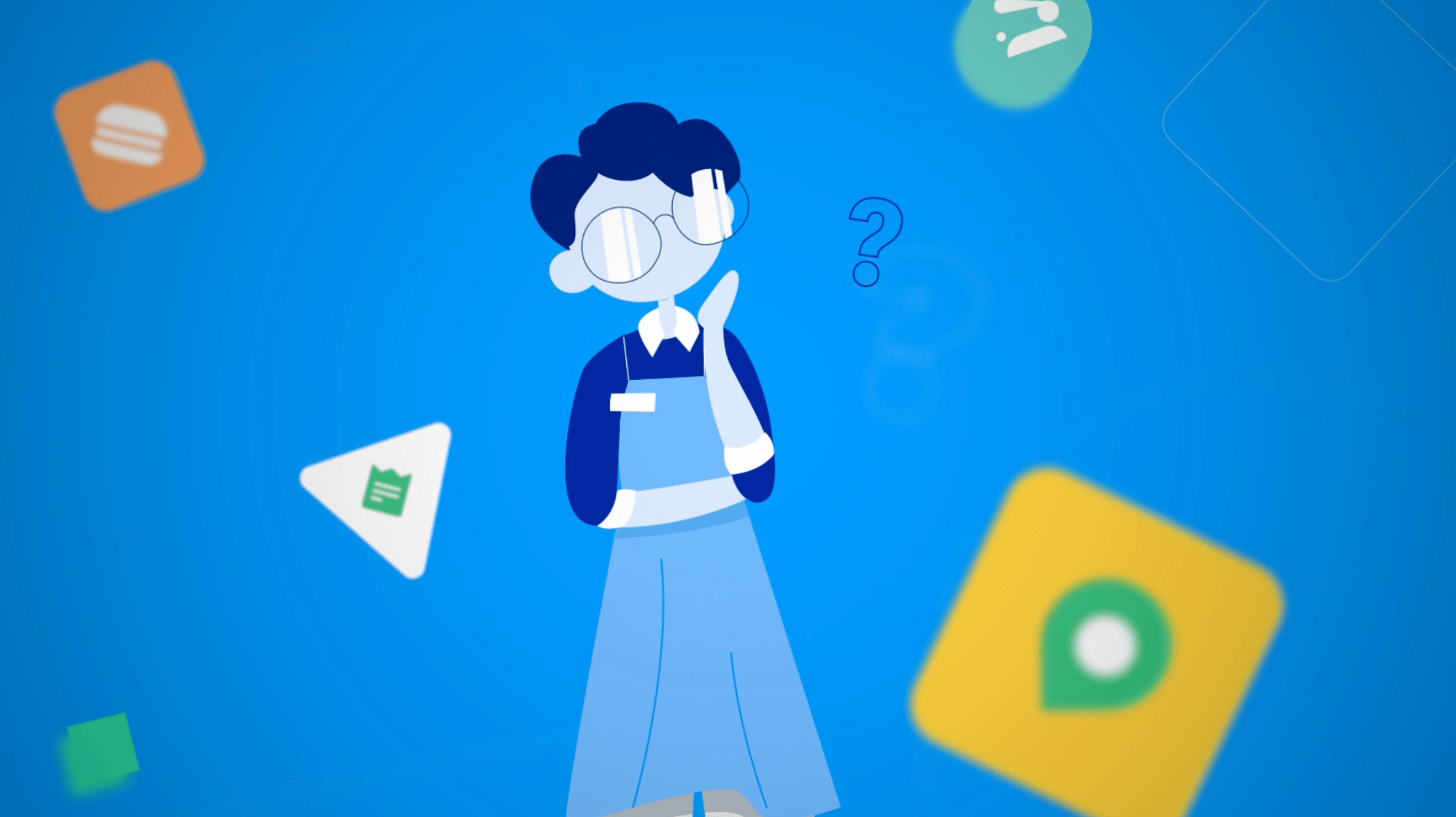Description: What is Blockchain and how does it work? Watch this easy-to-understand guide to them technology that’s shaping our digital future, and finally put the questions to rest.
Script:
With digital currencies such as Bitcoin becoming household names, the technology that gives the famous cryptocurrency its trademark decentralized encryption, accountability and global scale is also in the limelight, and for good reason.
Blockchain, the underlying foundation behind Bitcoin, Ethereum and a number of other digital currencies, is increasingly garnering public interest. However, the concept of Blockchain still causes confusion in those who don’t quite understand the intricacies of its mechanism, and are thus unable to fully appreciate the huge advantages and opportunities it creates.
Blockchain-based networks, decentralized applications and distributed ledgers are becoming the foundation of much of our digital lives, whether we realise it or not, and the implications are huge.
So, what is Blockchain and how does it work?
In simplest terms, blockchain is a distributed database that maintains a public list of records.
These records are called blocks, with each block containing the history of the block preceding it with all its timestamped transaction data.
In effect, it chains all these blocks together, hence the name blockchain.
A blockchain is constantly growing as the most recent transactions are recorded and added to the chain in chronological order as completed blocks.
---
This entire operation is end-to-end encrypted and easily verifiable but nearly unfalsifiable.
This is due to the logistical nature of blockchain, which is maintained by a scalable worldwide network of computers referred to as nodes.
Each node has a copy of the entire blockchain that’s automatically downloaded.
What this means is that blockchain is decentralized, has no central authority or third-party processing.
This also guarantees that there is no single point of failure or vulnerability.
---
Blockchain takes away the need for intermediaries such as banks, as every transaction is independently verifiable through all the records across the network.
Blockchain was architected in a way that makes it immutable, meaning that no record can be changed or deleted.
And blocks are added cryptographically, securing them from any meddling.
In essence, blockchain technology allows to authenticate and transact immediately, securely, and without costly intermediaries.
More than Just Bitcoin
Originally developed in 2008 as the accounting method for Bitcoin, blockchain’s history has been closely entwined with the cryptocurrency, but its vast potential is beginning to be tapped across the digital world.
Although currently the technology is largely used to verify financial transactions within digital currencies, in theory and practice it is possible to code and insert any type of document or digital asset into the blockchain. This makes the technology incredibly useful and adaptable.
Companies are already using blockchain for everything from banking and identity to asset tracking and supply chain management. And it’s uses are only going to be growing in the future.











